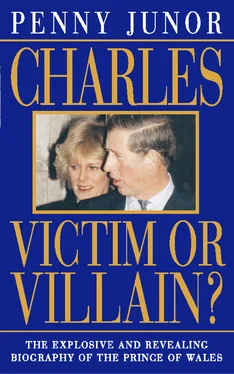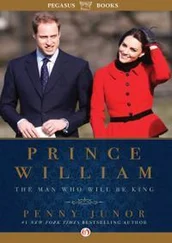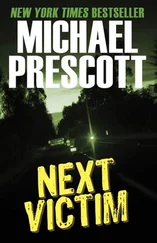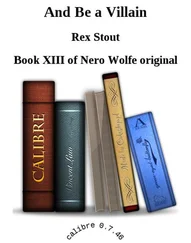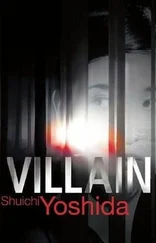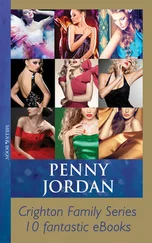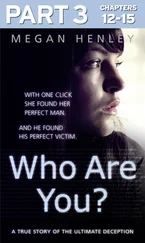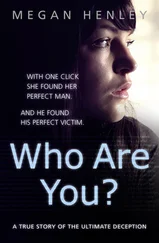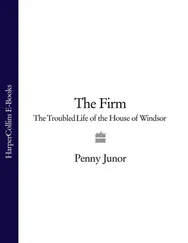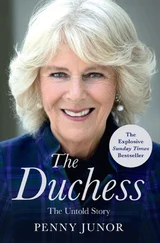In the event he wasn’t there. By the time the Prince’s party arrived al Fayed had already taken his son’s body home for prayers in Regent’s Park Mosque, followed by a Muslim burial that night at a cemetery in Woking, Surrey. On arrival at the hospital the Prince was met by President Chirac, who had come in person to express his nation’s great sadness at the death of the Princess.
With protocol observed, the Prince and the two sisters were taken to see Diana’s body. A doctor accompanied them into the small room on the first floor of the hospital, as well as a priest, whom they had specifically asked for. It was a distressing sight for which none of them was adequately prepared. Diana’s body was laid out in a coffin which had been flown to Paris earlier that morning on a Hercules from RAF Brize Norton in Oxfordshire. Levertons, the north London family firm of undertakers, were an integral part of Operation Overlord. The Princess had been embalmed and was wearing a dress that her butler, Paul Burrell, had flown out with earlier, but the body that lay so still and cold and empty looked nothing like the Diana they had known. Her head had been badly damaged in the crash and her face was distorted. The Prince told Diana’s sisters how glad he was that he had not taken William and Harry to Paris with him. It would have been much too distressing for them.
They stayed with Diana’s body for seven minutes. Sarah and Jane were sobbing helplessly when they left and were taken to a room for some privacy while they recovered. The Prince was not crying when he came back into the corridor, but it was obvious that he had been, and was visibly very distressed. His eyes were quite red, his face racked with pain. A small crowd was waiting in the corridor, most of them hospital staff, and also a number of men in dark suits. The Prince came out of the door, stopped, closed his eyes and bit his lip. Then after a moment’s pause, while he fought to regain his composure, he set off down the corridor, a private man no longer, to shake hands with the doctors and nurses and thank them for all they had done. As someone watching remarked, ‘He went from human being to Windsor’ – as nearly fifty years of training ensured he would. Duty above all else. When he heard that the parents of the Welsh bodyguard, Trevor Rees-Jones, employed by the al Fayeds, who had been the sole survivor in the accident, were at the hospital, he immediately said he must talk to them.
Moments later the coffin, by now closed and draped with the maroon and yellow of the Royal Standard, was carried out of the room. It was suddenly obvious that the men in dark suits were the undertakers, and without a word needing to be said, everyone in the corridor spontaneously formed two lines and silently bowed their heads as the coffin passed between them and down the stairs into a waiting Renault Espace.
There were thousands of people in the streets outside. The whole of Paris seemed to know who was in the Espace and what was going on. To a man, woman and child they were silent. As the motorcade made its way slowly through the city and out on to the périphérique towards the airport, the people on the pavements bowed their heads in silence, people in street cafés stood up as the cars passed, each one flanked by two large motorbikes on either side, and no one made a sound. The Prince was deeply moved, and in the silence that enveloped the aircraft on the flight home, with everyone wrapped up in their own thoughts and emotions, he said, ‘Wasn’t it wonderful that everybody stood up.’
But if the tribute paid to Diana by the Parisians had been moving, the arrangements that had been made unbeknownst to him for the next stage of her journey enraged him. While Sarah and Jane disappeared into another part of the cabin to have a cigarette, the Prince asked what arrangements had been made after they touched down at Northolt. The Prime Minister, Tony Blair, would be there, he knew, also the Lord Chamberlain, Lord Airlie, who is the most senior member of the Queen’s household. He wanted to know how many RAF people would be there to carry the coffin, whether the flowers he had said he wanted had been sorted out, whether there would be a proper hearse to carry the coffin, and where they were planning to take Diana’s body. The answer to that final question was the mortuary in Fulham, commonly used by the Royal Coroner.
‘Who decided that? Nobody asked me. Diana is going to the Chapel Royal at St James’s Palace. Sort it. I don’t care who has made this decision. She is going to the Chapel Royal.’
Sandy Henney spent much of the remainder of the flight on the plane’s telephone ensuring that the Prince’s instructions were carried out to the last detail.
The decision had almost certainly been made by Robert Fellowes, doing what he imagined the Queen would have wanted, without actually asking her, but his second guessing was not far off the mark. There is no doubt that in the course of the days leading up to Diana’s funeral, the hostility that both the Queen and the Duke of Edinburgh had felt towards their erstwhile daughter-in-law came dangerously close to the surface on several occasions. She had caused nothing but trouble and embarrassment over the years, and here she was, in death, still managing to cause mayhem.
The Prince’s relationship with Diana had been turbulent and troubled and they were no longer man and wife, but Diana was still the mother of his children and, in a way, he still loved her. He wanted her treated with the dignity she deserved. After Sandy’s hasty and heated phone calls from the plane, the plan about the mortuary was changed and it was agreed that the Princess of Wales would be taken to the Chapel Royal at St James’s Palace, just yards from the office they shared so disastrously until their divorce. She was also to have outriders. And while he was at it, her sisters Sarah and Jane were to be given a plane to take them wherever they wanted to go, and if they wanted to go with the body into London first, then so be it. So at the Prince’s bidding, the plane which had brought the Prime Minister from his constituency to Northolt to meet the returning party was kept on hold, but in the end was not required. The sisters accompanied the body into London and chose to make their own ways home.
The plane carrying the coffin touched down at Northolt and taxied out of sight of the reception party, where it came to a halt. One of the crew climbed out and opened up the cargo hatch, and the group onboard listened in silence to the bolts holding the coffin in place being loosened beneath them. The plane then taxied on and came to a halt in front of the airport building where Tony Blair, David Airlie and 150 or so photographers and pressmen were waiting quietly on the tarmac. In silence the coffin was unloaded and carried to the waiting hearse. The only sound to be heard was the Royal Standard flapping in the breeze.
Wrapped in thought, his emotions in turmoil, the Prince of Wales climbed back aboard the aircraft, accompanied by Stephen Lamport, to fly back to Balmoral and be with his grieving sons, while the hearse made its way slowly down the A40 into west London.
It was only then that the real enormity of what had happened began to dawn on the Palace staff. The motorway, the bridges and embankments – and when they ran out, the roads and pavements – were full of cars and people who had come to watch and weep as Diana’s coffin passed by. Tributes had started pouring in from all over the world, and flowers were being laid at the gate of every building with which Diana was associated.
This, they realised, was going to be unlike anything anyone had ever seen before.
TWO
‘A girl given the name of the ancient goddess of hunting was, in the end, the most hunted person of the modern age.’
Читать дальше
